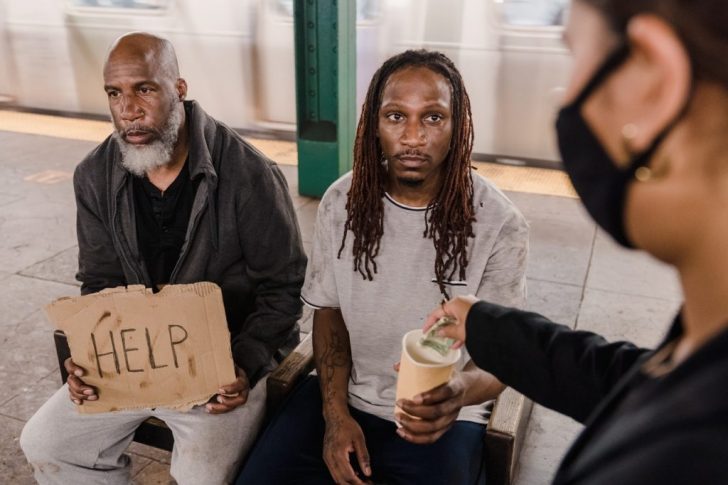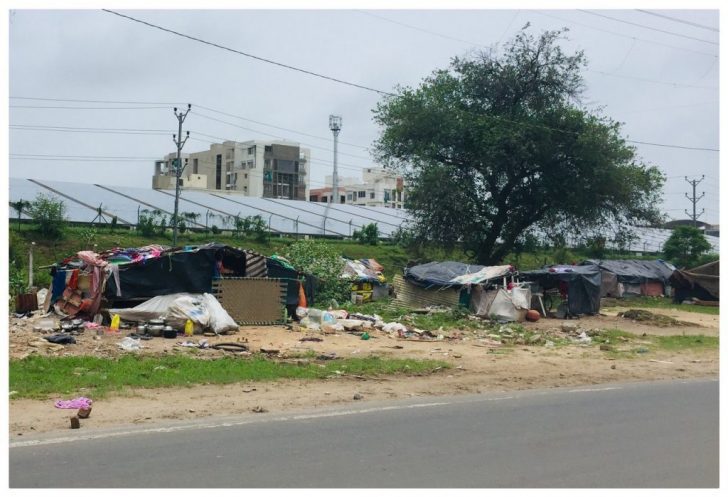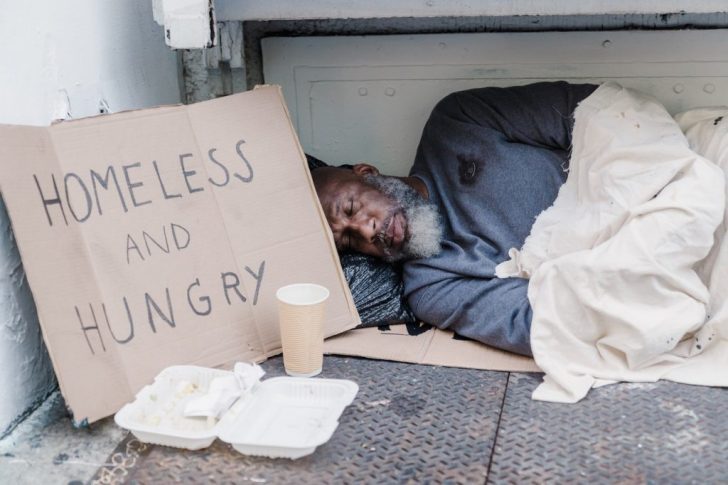COVID-19 is one of the major global health threats of the 21st century, causing unprecedented humanitarian crises worldwide. Despite concerted efforts to curb the spread of the disease, the pandemic continues to strain healthcare systems globally. A safe, highly effective, globally acceptable, and equitable vaccination program and pre-existing precautionary measures are essential to effectively containing the outbreak.
A year and a half into the COVID-19 pandemic, the dust has yet to settle on how the balance of power has shifted worldwide, from the interpersonal to the global levels. However, the discontent over how power is distributed has become increasingly clear. Across different regions, the pandemic has affected the distribution, use, and oversight of power determining people’s well-being. As COVID-19 serves as an excuse to centralize and consolidate power, diminished trust in governance systems and weakening social contracts are spreading.
Pandemic disrupting supply

From fresh produce to toilet paper to bicycles, the pandemic has disrupted the complex supply networks that crisscross the globe. And with that disruption, the virus has revealed the delicacy of many of these links and how tenuous the world’s worst-off are within these global arrangements.
Garment factories in Bangladesh, Myanmar, and Cambodia have all experienced cancellations of orders. In total, the U.S. and European fashion companies have refused to pay overseas suppliers over $16 billion in global goods, affecting millions of workers.
For lower-income countries that rely heavily on tourism, a similar story unfolded. Pandemic lockdowns started, cancellations ensued, and the many that work in parks, safaris, and heritage sites, often in more remote areas with few employment prospects, lost jobs and essential income.
Power imbalance

Social media platforms have brought together thousands of people with long covid, allowing them to discuss, share, and compare their experiences of relapsing and remitting symptoms. This phenomenon has disrupted, and flattened traditional power structures, where doctors were always the experts and patients’ opinions were less valid. But power imbalances remain, especially in the creation of health knowledge, where prominent names in medicine seem to get easy access to the media, leaving the less-well-resourced laymen, who are affected by long covid, feeling aggrieved and disempowered.
Twitter and other social media are correcting this imbalance, although the results aren’t always pleasant. Behind the Twitter “spats” are thousands of individual patients with long covid who believe that advocating for graded exercise therapy rather than pacing to manage fatigue in long covid may lead to management regimens that worsen symptoms.

Knowledge production in this new condition of long covid must therefore involve and engage patients and the public, not only to ensure co-production of knowledge but also to avoid top-down hierarchical service provision, which may make logical sense to people who have never experienced the condition but will be totally inappropriate to those affected by long covid.
